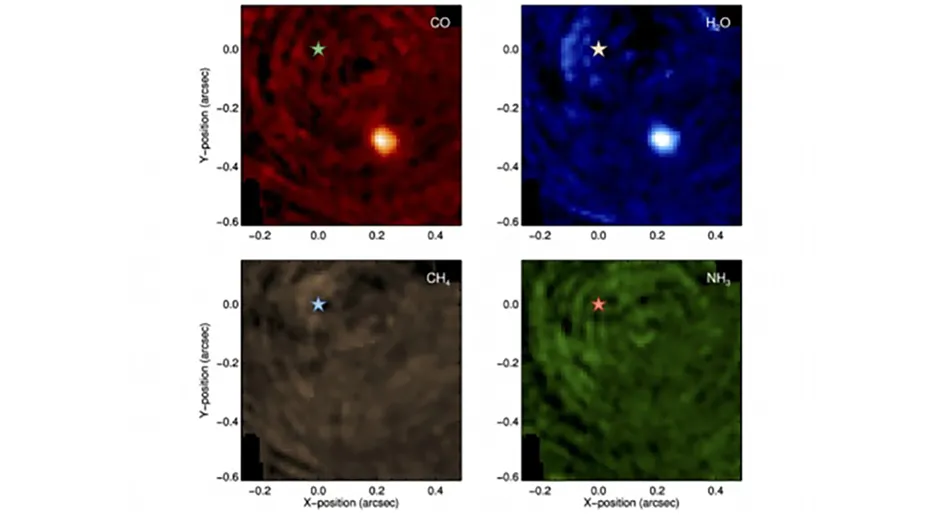A team of astronomers have discovered a way of observing exoplanets that cannot be seen because of the intense luminosity of their host star.
Previously, only exoplanets that are far from their host star have been observable.
But astronomers have developed a new technique based on finding molecules that are present on the exoplanet, but not in the star, in order to make the planet visible.
Jens Hoeijmakers is part of a team of astronomers at the University of Geneva.
“By focusing on molecules present only on the studied exoplanet that are absent from its host star, our technique would effectively ‘erase’ the star, leaving only the exoplanet,” he explains.
To test this technique, Hoeijmakers and his team looked at star Beta Pictoris, which is known to have a large exoplanet named Beta Pictoria b orbiting it.
By looking at archival images taken by the SINFRONI instrument (Spectrograph for Integral Field Observations in the Near Infrared) on the Very Large Telescope, the spectrum of light given from each pixel was compared to the corresponding spectrum from certain molecules.
The team applied this technique to search for water and carbon monoxide, and found that the planet became visible.
However, when they looked for methane and ammonia the planet remained invisible, suggesting that these molecules are absent in the exoplanet’s atmosphere.

Beta Pictoris itself remained unseen when searching for all four molecules, due to the star's high temperature, which destroys them.
“This technique … should change the way planets and their atmospheres are characterized,” says Jens Hoeijmakers.
Although this work is only in its infancy, future spectrographs like ERIS on the VLT and HARMONI the Extremely Large telescope will be inaugurated in 2025, providing a new platform for this technique.
